POC Lab advisory board – Per Hamid Ghatan
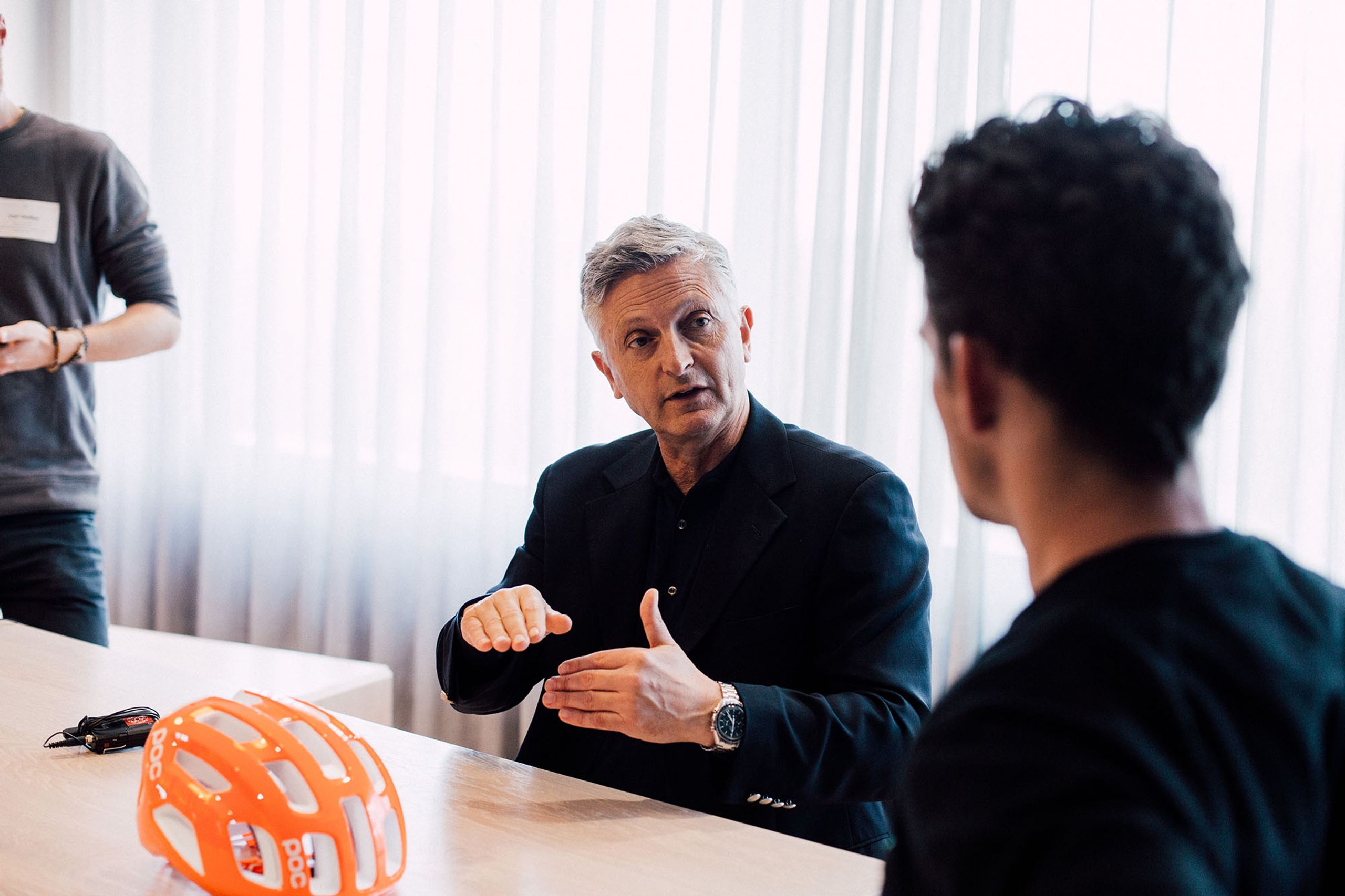
This article is part of our series featuring select members of the POC Lab, our scientific forum where we discuss new research ideas and ways we can innovate to enhance safety. The forum takes a holistic approach to safety and develops ideas and perspectives that may not have been previously considered.
Per Hamid Ghatan MD, PhD embodies the scientific credentials of the POC Lab. A leading expert in head trauma and brain injury, whose tireless efforts for his patients led to a law in Sweden that makes helmet use compulsory for cyclists aged 15 and under, he has worked closely with a host of companies driven by innovation. He regards POC as the gold standard.
Speak with Dr Ghatan and he is likely to share passionate opinions on a host of topics, from diffuse axonal brain injury to the leading role professional sports teams can take on the issue of concussion, but his arguments are never less than rational and always grounded in his own professional experience. As a scientist still working as a clinician and senior medical manager at Uppsala University Hospital, about 70km north of Stockholm, he could scarcely be more qualified to comment.
Since the late 1980s, Ghatan has specialized in the rehabilitation of patients with brain injuries, and throughout the 1990s campaigned as an unpaid “influencer”, using his growing reputation to press for changes to Swedish law that would make helmet use compulsory. Daily experience with patients coping with the realities of brain injury fuelled his fire. In 2003, he achieved a breakthrough.
”I managed to make our former minister of infrastructure here in Sweden meet a bicycle injury victim, face-to-face; a young person. The minister was so touched by what she saw that she pursued a change in the law, against her political party and against the ruling parties in the Swedish parliament, and we now have a bicycle helmet law up to the age of 15 here.”
By coincidence, soon after, Ghatan was approached by POC founder Stefan Ytterborn, who sought his advice in developing his fledgling protection brand. Recognising immediately the power of the POC aesthetic to boost the uptake of helmet use, Ghatan agreed to form part of what is a distinguished panel of advisors.
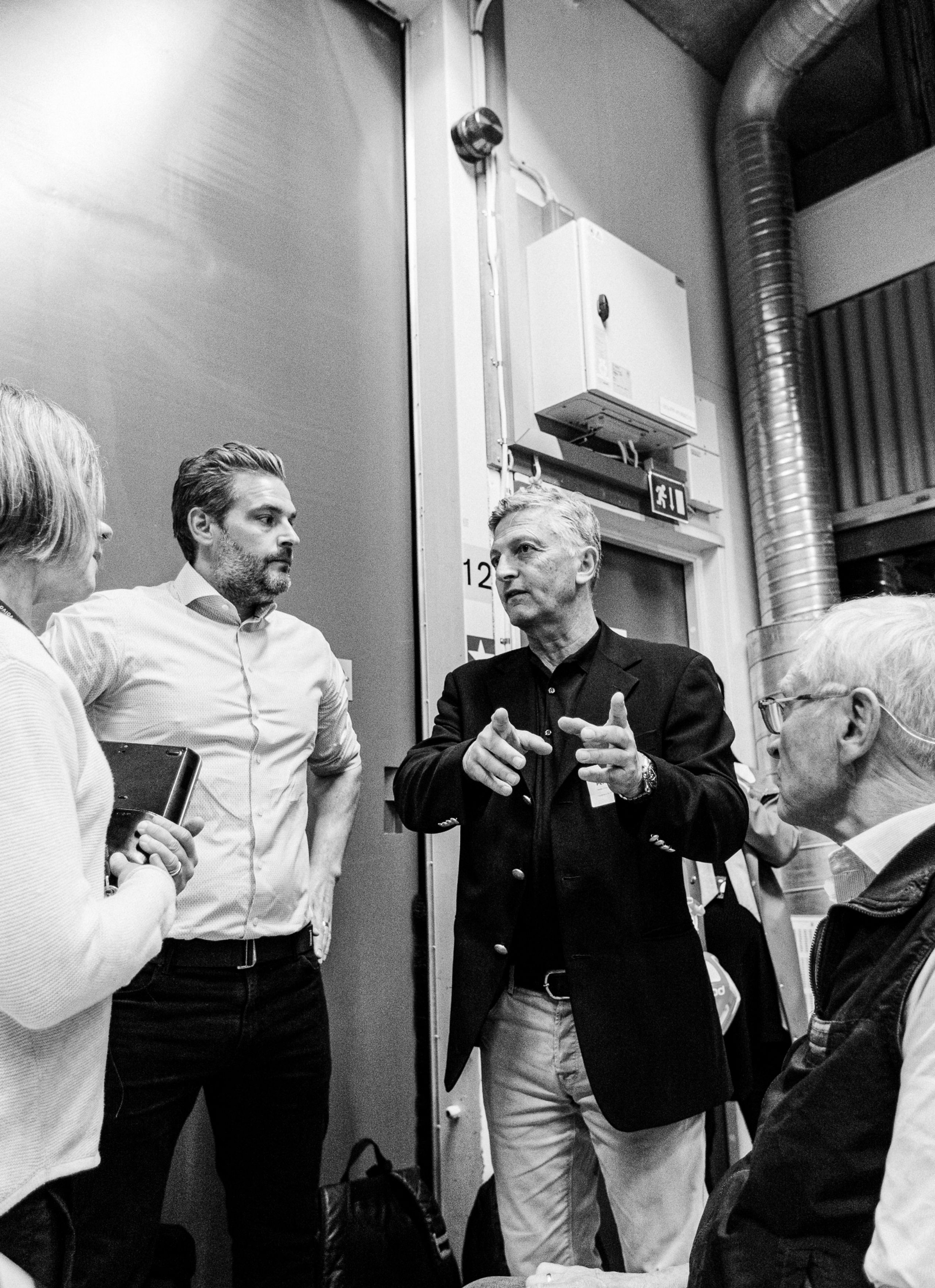
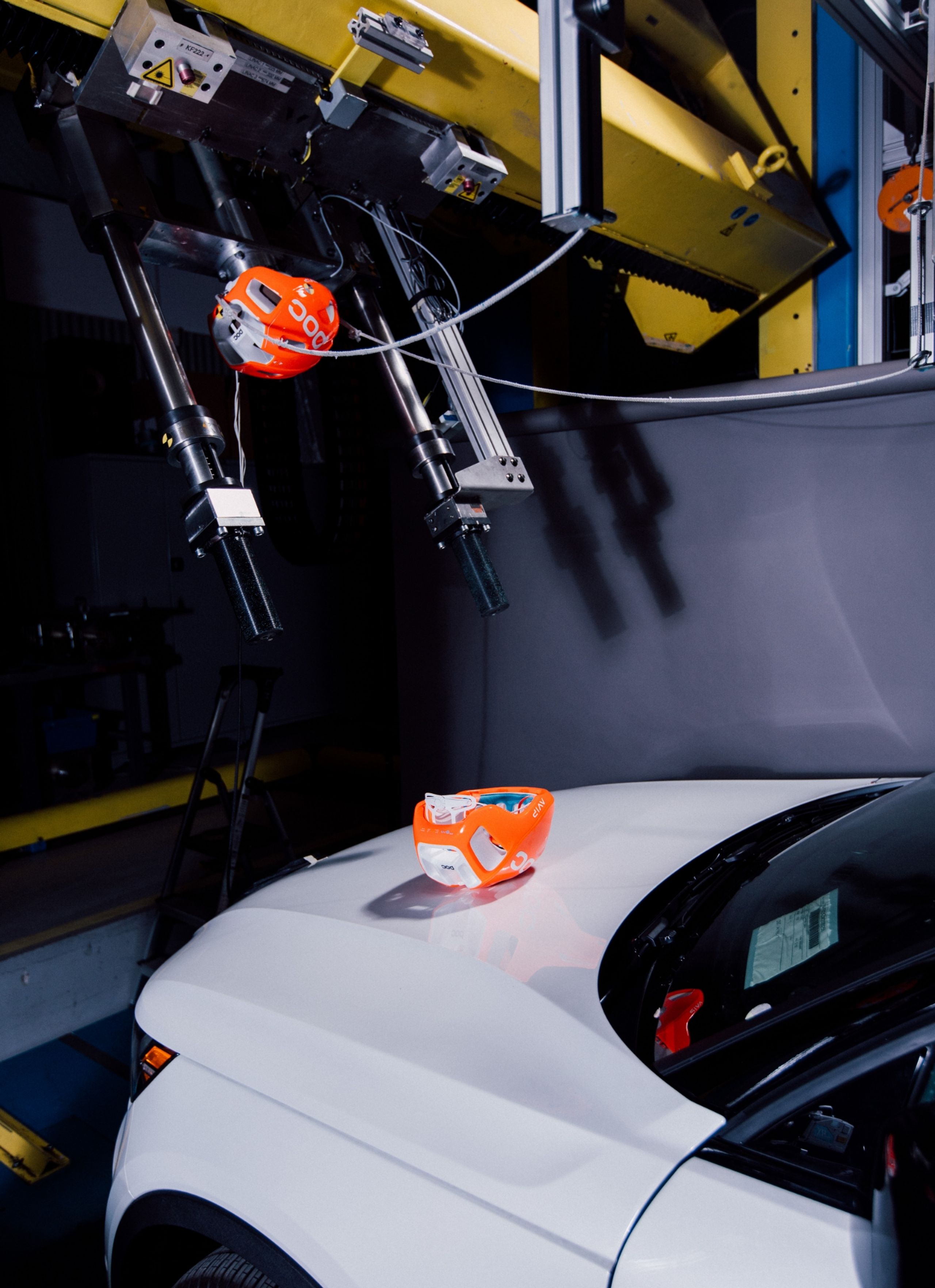
“All through the 1990s, I was advocating for wearing bicycle helmets, but at that time the designs weren’t hip,” Ghatan says, chuckling. “You had to have some sort of alien on your head! POC was fantastic, because we needed to make protection more sexy; to somehow make it more attractive.”
His comments are light-hearted but illustrate an underlying truth that the safest helmet is the one you wear. POC has made innovation a calling card, but its often-divisive aesthetic has also been a powerful weapon in the fight for greater safety. Enhanced airflow and aerodynamics are valuable developments, but Ghatan places greater weight on desirability.
“People have spoken about the different qualities of helmets and wondered which they should buy, and the advice until now has been, ‘Buy something that is attractive for you, so that you wear it.’”
Note the phrase “until now”. Ghatan retains a position in the vanguard of cycle safety. With helmet use growing exponentially, his position, and that of other leading experts, has broadened to consider the wider “eco-system” in which it occurs: a field of view that now considers road infrastructure and cyclist behavior, up to and including the type of rider using the helmet; whether they are a commuter or leisure cyclist, for example.
He argues that cycle safety—and helmet use and technology—has become more refined. POC’s SPIN technology—a series of gel pads mounted inside the helmet, developed to support POC’s whole-helmet approach, where each material is designed to work together to tackle all eventualities and scenarios—might be taken as a case in point.
Ghatan welcomes innovations that could reduce impacts causing diffuse axonal injuries, and recongises the adoption of technologies in a host of sports, including ice hockey, downhill skiing and American football. He notes however that a definitive connection between rotational impacts and diffuse axonal injury has yet to be established and insists that greater research is required to validate concepts that have intuitive appeal.
“We need to correlate experimental evidence and research with real life events,” he maintains. “That will give us a better picture that will support a further development of the equipment.”
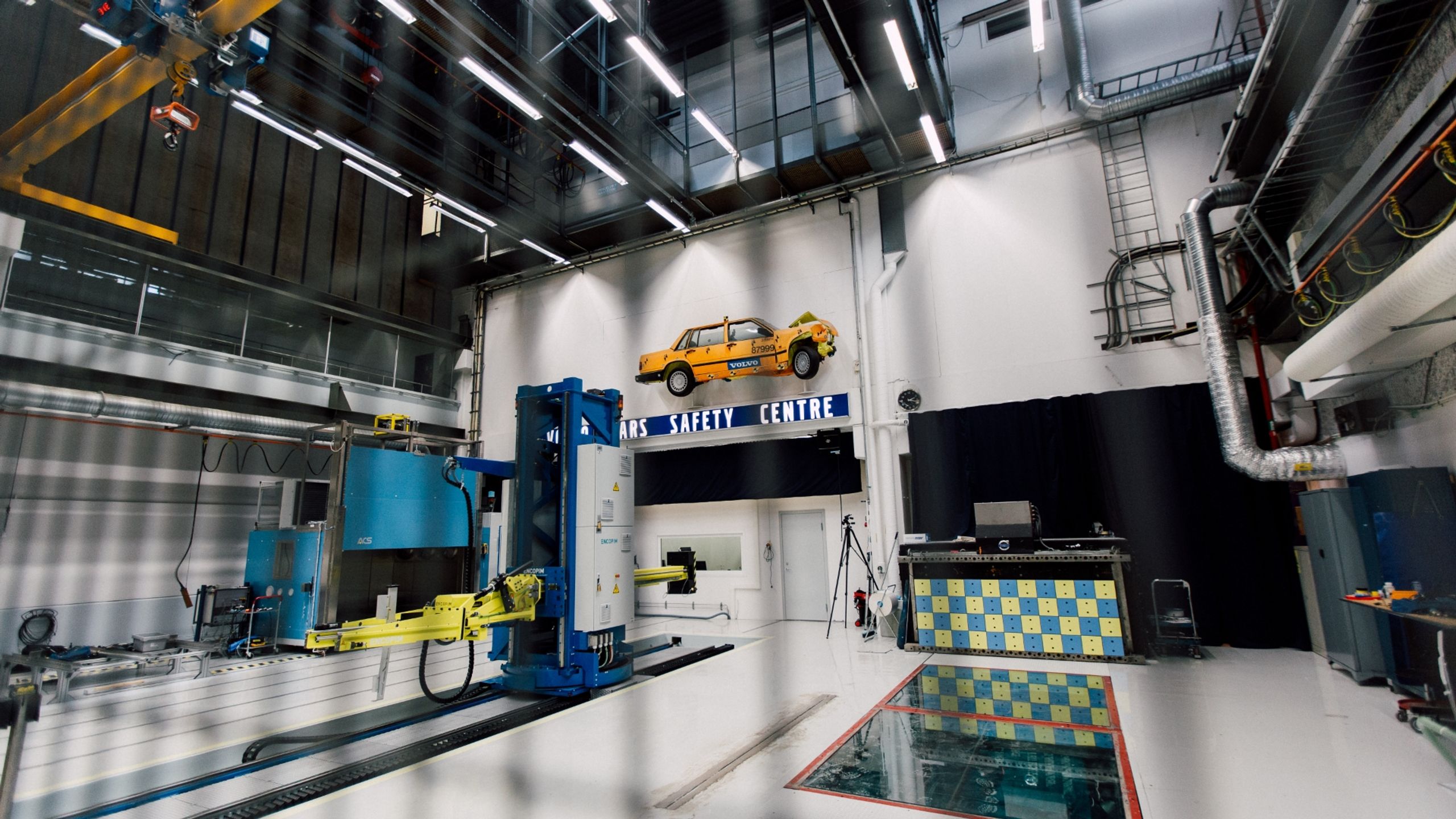
Concussion
Ghatan speaks with real enthusiasm of the spotlight now shone by wider society on concussion. From elite athletes to the commuter who falls off their bike while riding to work, impacts that leave the victim concussed but without evidence of diffuse axonal injury have until now been underestimated, he argues.
The typical procedure: a GP recording complaints ranging from neck pain to nausea to increased light sensitivity, often results in nothing more than a sick note and an X-ray if symptoms persist. By the time a patient is referred to a specialist, often they have returned to work and increased the damage caused in the impact by stress.
“In Sweden at least, in my specialty, there is a call to re-evaluate how we handle concussions and post-concussion syndromes,” Ghatan says. “We have been approaching the problem by under-estimating the consequences. Today, the data indicates that it’s not 15 per cent with chronic symptoms, rather it’s 30 to 40 per cent. Most probably there is some sort of neural inflammation that is triggered by the head injury, and somehow this inflammation can be maintained by the person’s behavior.”
Ghatan believes that professional sports teams have a responsibility to lead on the issue of concussion, even if this requires them to challenge the mindset of their athletes, whose competitive nature too often wills them to return to action sooner than might be safe to do so.
“The problem is that many athletes are extremely competitive,” Ghatan says. “They might be very intelligent, but their competitiveness makes them very outwardly oriented; they are performers, rather than introspective. The challenge is to create enlightenment in people so they can see what’s going on. It’s like your nose: if you didn’t see it in a mirror, you wouldn’t really think about it, but it’s there all the time!”
Concussion in elite sport remains an area in which greater research is required, Ghatan believes. He highlights the work being done with athletes at Lund University in southern Sweden using a leading-edge seven tesla MRI scanner, but argues that even this endeavour is limited to examination and has no therapeutic component. Meanwhile, professionals practicing sports medicine with leading sports teams are reaching out to Ghatan and his colleagues, who work in a state-funded healthcare system that already faces significant pressure.
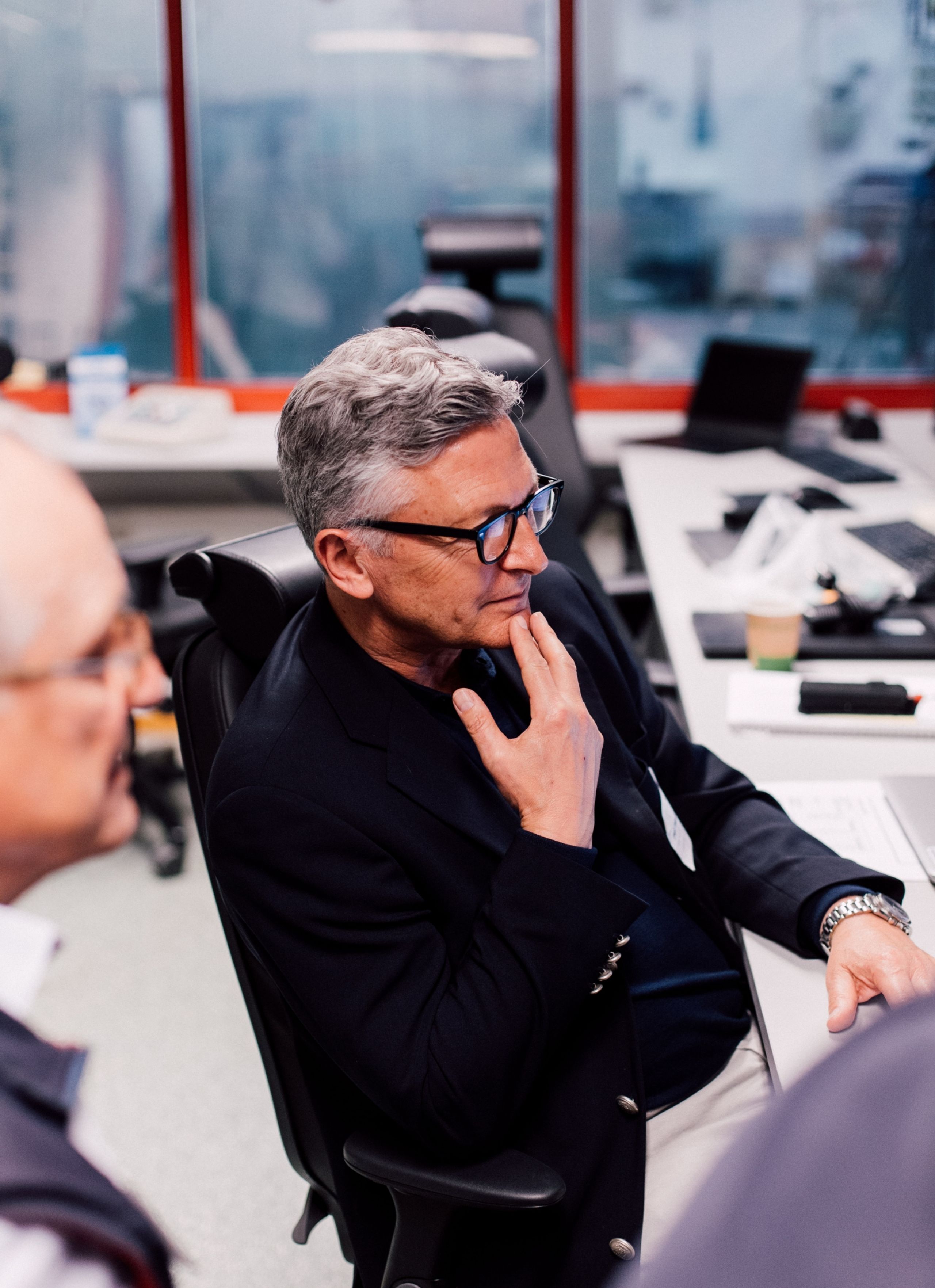
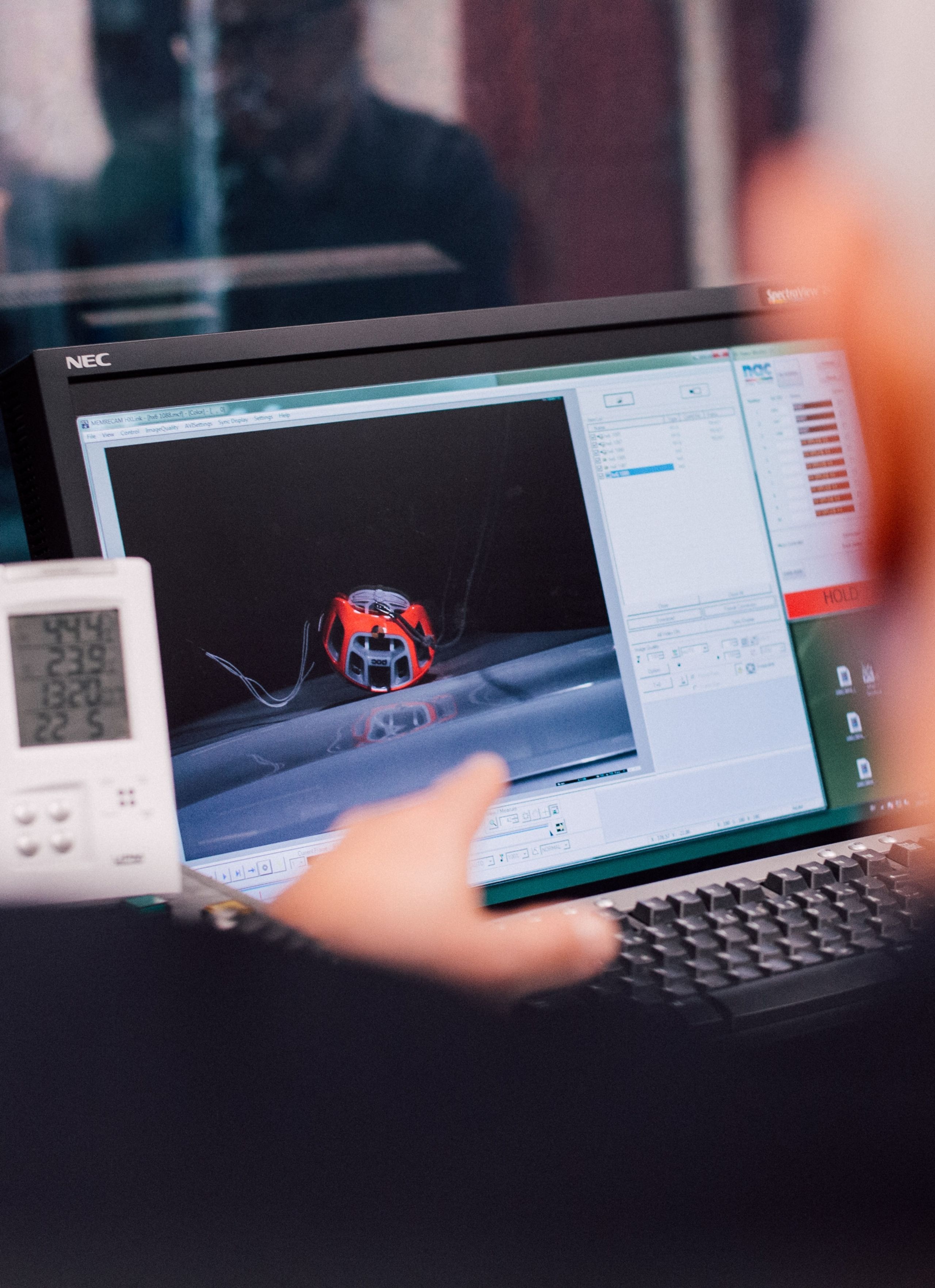
“Physicians working with sports medicines within these teams have been in touch with me, asking if they could refer athletes to us, but the healthcare system is under so much pressure that we need to create a special clinic outside of that system, but connected to it. That’s my aim, together with [POC Lab member] Dr Claes Hultling. I hope that we could set up something like that, if we’re able to secure the funding.”
POC is represented across a range of snow and cycle sports by a roster of world-class athletes and Ghatan would welcome the opportunity to work with Team EF Education First, for example, a squad widely recognised as the most forward-thinking in professional cycling.
“Not only would I welcome it, I would recommend it. I have been involved as an advisor to several other companies and bodies, including start-ups in the e-health sector, but throughout all these years, POC has remained the role model as it has the creativity and sensitivity to capture the main points of the advisory board. After three-hour meetings, we would often surprise each other by what we had developed together.”
Ghatan is clear however that he is not directly responsible for the products that POC’s designers have made a house style. He compares his role to one adding spices to dough that will later become bread. His role is that of an expert, working in a field of dizzying complexity and vital importance. His influence on the brand is strategic.
“I have been part of some very important strategic decisions, but I’m humble enough to say, based on my experience, that I might merely be a spokesman within the wider team dynamic and interaction of the advisory board. If you’re not self-aware, you might think you came up with the ideas!”
Modesty is rare in one with expert knowledge, but it is precisely these qualities that make Ghatan such a valuable member of the POC Lab. Leading authorities on brain injury and rehabilitation are rarely portrayed as possessing a sense of humour. Ghatan may or may not be an exception to the norms of his profession, but there is little doubt that he is exceptional. Such status is a fundamental requirement for membership of the POC Lab.
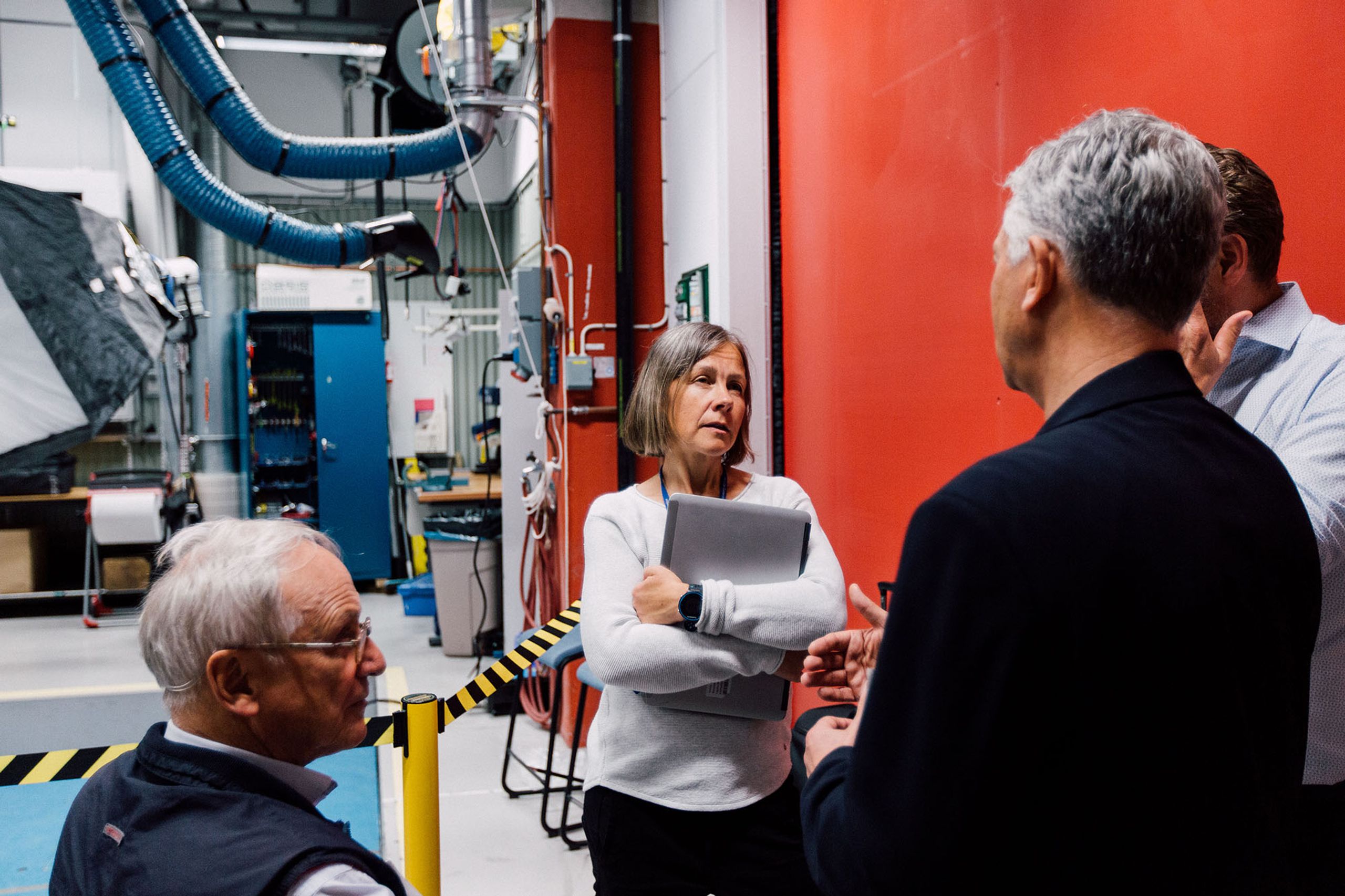
POC Lab advisory board – Magdalena Lindman
Magdalena Lindman is a person of many talents. The leader of a team of traffic safety data experts at Volvo Cars, she is a mechanical engineer by training, with a professional knowledge of biomechanics and a detailed understanding of strategic approaches to safer environments.

Great minds think together
It is not simply finished products that change people’s lives; rather it is the concepts and ideas that shape these products. It is only through having the freedom and the space to develop ideas that real change can happen. And often, a different perspective is vital before new solutions can materialize. Take, for example, how Superglue came to be: First developed to be used in the production of a gun sight, it was too strong and not fit for purpose, but nine years later with another perspective there was the Eureka moment, from which the world was introduced to a universal glue that has gone on to impact most people’s lives and led to countless imitations
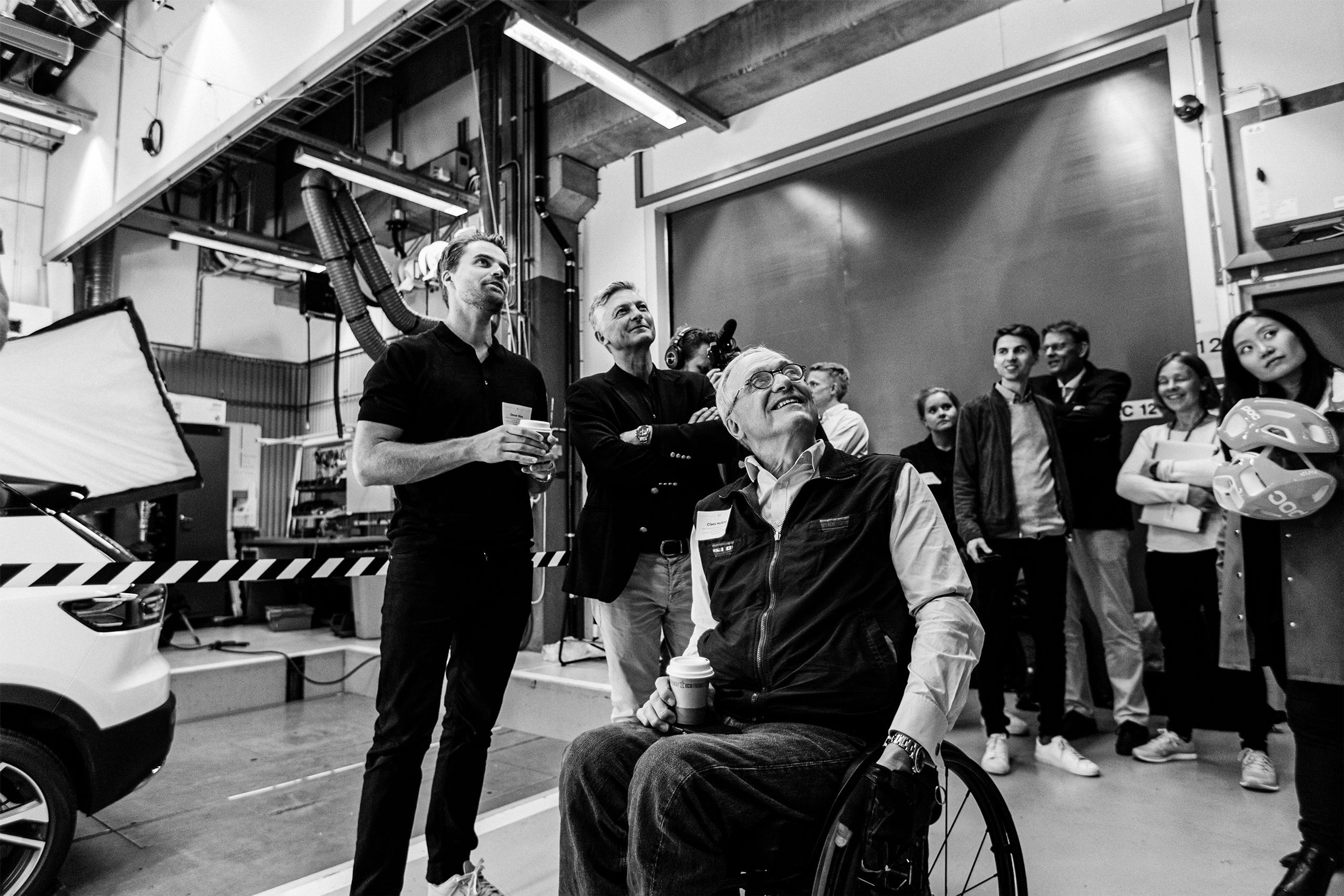
POC Lab advisory board – Claes Hultling
“A broken leg is a broken leg, but a broken soul does not heal in the same way. You cannot put a broken soul in a cast.” Dr Claes Hultling, a world leader in the treatment of Spinal Cord Injury (SCI), a tetraplegic who suffered life-changing injuries in a diving accident 35 years ago, and a member of the POC Lab, speaks in direct terms that do much to express his fighting spirit.